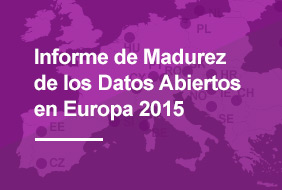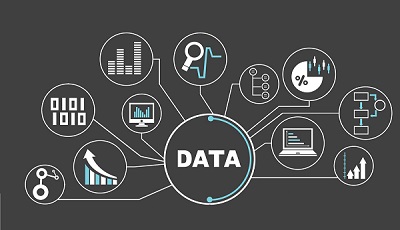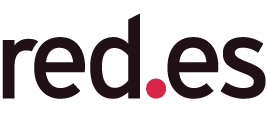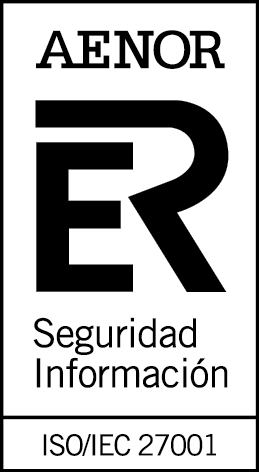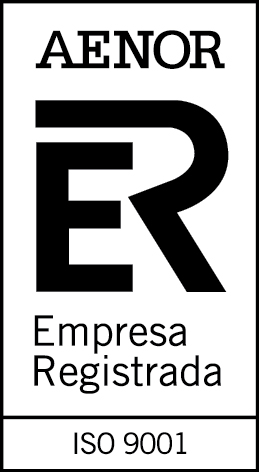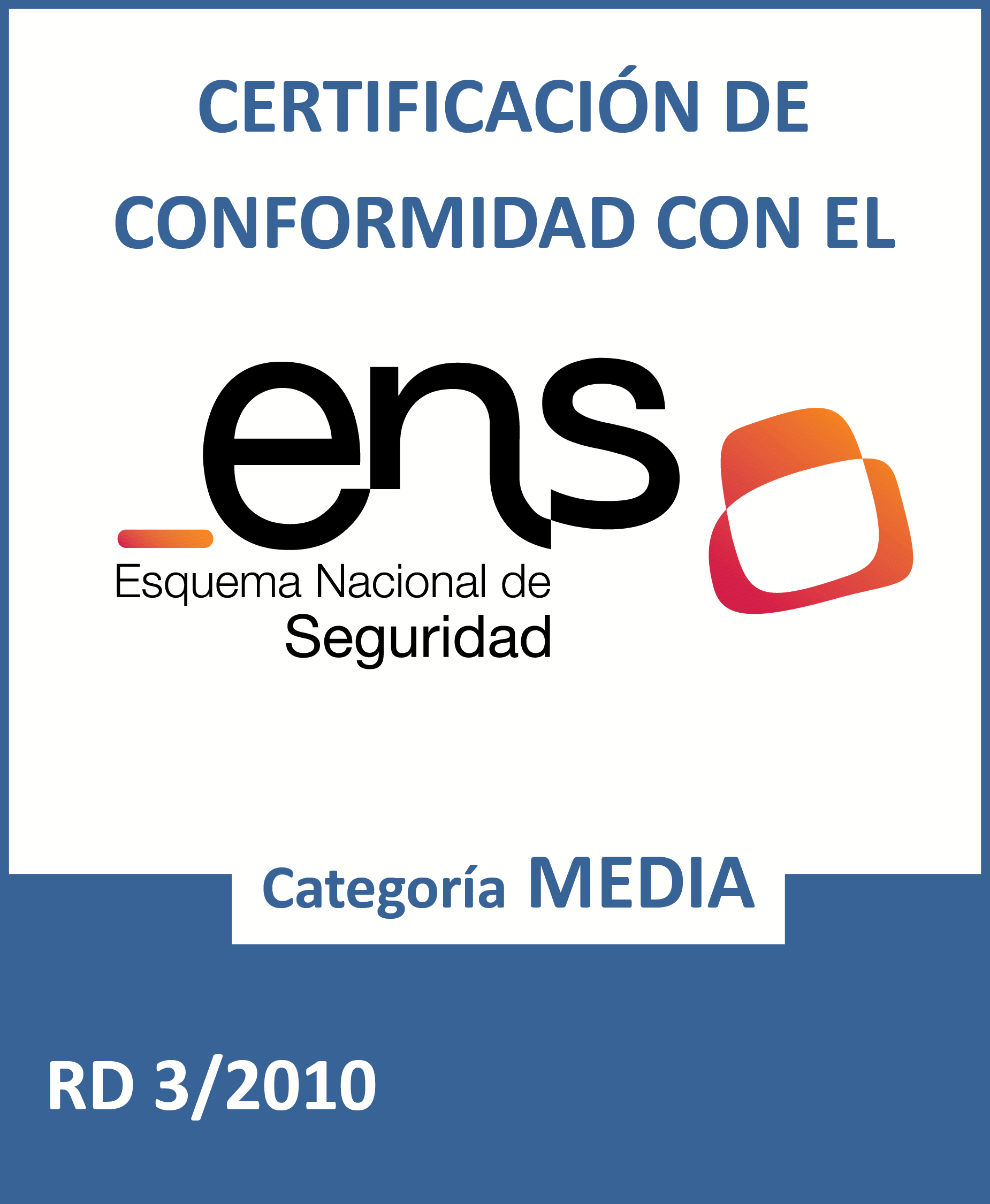Towards an Open Government: A Guide to Transforming Public Administrations
Fecha de la noticia: 05-01-2024

The Open Government Guide for Public Employees is a manual to guide the staff of public administrations at all levels (local, regional and state) on the concept and conditions necessary to achieve an "inclusive open government in a digital environment". Specifically, the document seeks for the administration to assume open government as a cross-cutting element of society, fostering its connection with the Sustainable Development Goals.
It is a comprehensive, practical and well-structured guide that facilitates the understanding and implementation of the principles of open government, providing examples and best practices that foster the development of the necessary skills to facilitate the long-term sustainability of open government.
What is open government?
The guide adopts the most widely accepted definition of open government, based on three axes:
- Transparency and access to information (vision axis): Refers to open access to public information to facilitate greater accountability.
- Citizen participation (voice axis): It offers the possibility for citizens to be heard and intervene to improve decision-making and co-creation processes in public policies.
- Collaboration (value axis): Focuses on cooperation within the administration or externally, with citizens or civil society organizations, through innovation to generate greater co-production in the design and implementation of public services.
This manual defines these axes and breaks them down into their most relevant elements for better understanding and application. According to the guide, the basic elements of open administration are:
- An integrity that cuts across all public action.
- Data are "the raw material of governments and public administrations" and, for this reason, must be made available to "any actor", respecting the limits established by law. The use of information and communication technologies (digital) is conceived as a "space for the expansion of public action", without neglecting the digital divide.
- The citizenry is placed at the center of open administration, because it is not only the object of public action, but also "must enjoy a leading role in all the dynamics of transparency, participation and collaboration".
- Sustainability of government initiatives.

Adapted from a visual of the Open Government Guide for Public Employees. Source: https://funcionpublica.hacienda.gob.es/Secretaria-de-Estado-de-Funcion-Publica/Actualidad/ultimas-noticias/Noticias/2023/04/2023_04_11.html
Benefits of Open Government
With all this, a number of benefits are achieved:
-
Increased institutional quality and legitimacy
-
Increased trust in institutions
-
More targeted policies to serve citizens
- More equitable access to policy formulation
How can I use the guide?
The guide is very useful because, in order to explain some concepts, it poses challenges so that civil servants themselves can reflect on them and even put them into practice. The authors also propose cases that provide an overview of open government in the world and its evolution, both in terms of the concepts related to it and the laws, regulations, relevant plans and areas of application (including Law 19/2023 on transparency, the Digital Spain 2025 agenda, the Digital Rights Charter and the General Data Protection Regulation, known as RGPD). As an example, the cases he mentions include the Elkar-EKIN Social Inclusion Plan of the Provincial Council of Gipuzkoa and Frena La Curva, an initiative launched by members of the Directorate General of Citizen Participation and the LAAAB of the Government of Aragon during COVID-19.
The guide also includes a self-diagnostic test on accountability, fostering collaboration, bibliographical references and proposals for improvement.
In addition, it offers diagrams and summaries to explain and schematize each concept, as well as specific guidelines to put them into practice. For example, it includes the question "Where are the limits on access to public information? To answer this question, the guide cites the cases in which access can be given to information that refers to a person's ideology, beliefs, religious or union affiliation (p. 26). With adaptation to specific contexts, the manual could very well serve as a basis for organizing training workshops for civil servants because of the number of relevant issues it addresses and its organization.
The authors are right to also include warnings and constructive criticisms of the situation of open government in institutions. Although they do not point out directly, they talk about:
- Black boxes: they are criticized for being closed systems. It is stated that black boxes should be opened and made transparent and that "the representation of sectors traditionally excluded from public decisions should be increased".
- Administrative language: This is a challenge for real transparency, since, according to a study mentioned in the guide, out of 760 official texts, 78% of them were not clear. Among the most difficult to understand are applications for scholarships, grants and subsidies, and employment-related procedures.
- The existence of a lack of transparency in some municipalities, according to another study mentioned in the guide. The global open government index, elaborated by the World Justice Project, places Spain in 24th place, behind countries such as Estonia (14th), Chile (18th), Costa Rica (19th) or Uruguay (21st) and ahead of Italy (28th), Greece (36th) or Romania (51st), among 102 countries. Open Knowledge Foundation has stopped updating its Global Open Data Index, specifically on open data.
In short, public administration is conceived as a step towards an open state, with the incorporation of the values of openness in all branches of government, including the legislative and judicial branches, in addition to government.
Additional issues to consider
For those who want to follow the path to open government, there are a number of issues to consider:
-
The guide can be adapted to different spheres and scales of public. But public administration is not homogeneous, nor do the people in it have the same responsibilities, motivations, knowledge or attitudes to open government. A review of citizen use of open data in the Basque administration concluded that one obstacle to transparency is the lack of acceptance or collaboration in some sectors of the administration itself. A step forward, therefore, could be to conduct internal campaigns to disseminate the advantages for the administration of integrating citizen perspectives and to generate those spaces to integrate their contributions.
- Although the black box model is disappearing from the public administration, which is subject to great scrutiny, it has returned in the form of closed and opaque algorithmic systems applied to public administration. There are many studies in the scientific literature -for example, this one- that warn that erroneous opaque box systems may be operating in public administration without anyone noticing until harmful results are generated. This is an issue that needs to be reviewed.
- In order to adapt it to specific contexts, it should be possible to define more concretely what participation, collaboration and co-creation are. As the guide indicates, they imply not only transparency, but also the implementation of collaborative or innovative initiatives. But it is also necessary to ask a series of additional questions: what is a collaborative or innovation initiative, what methodologies exist, how is it organized and how is its success measured?
- The guide highlights the need to include citizens in open government. When talking about inclusion and participation, organized civil society and academia are mentioned above all, for example, in the Open Government Forum. But there is room for improvement to encourage individual participation and collaboration, especially for people with little access to technology. The guide mentions gender, territorial, age and disability digital divides, but does not explore them. However, when access to many public services, aid and assistance has been platformized (especially after the COVID-19 pandemic), such digital divides affect many people, especially the elderly, low-income and women. Since a generalist guide cannot address all relevant issues in detail, this would merit a separate guide.
Public institutions are increasingly turning to algorithmic decision-making for effective, fast and inclusive decision making. Therefore, it is also increasingly relevant to train the administration itself in open government in a digitized, digitized and platformized environment. This guide is a great first step for those who want to approach the subject.
Content prepared by Miren Gutiérrez, PhD and researcher at the University of Deusto, expert in data activism, data justice, data literacy and gender disinformation.
The contents and views reflected in this publication are the sole responsibility of the author.




